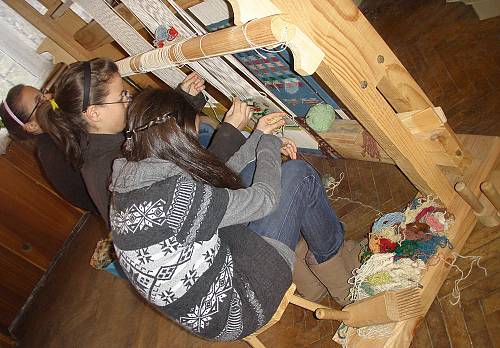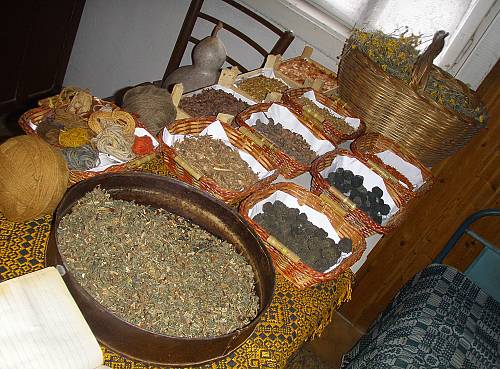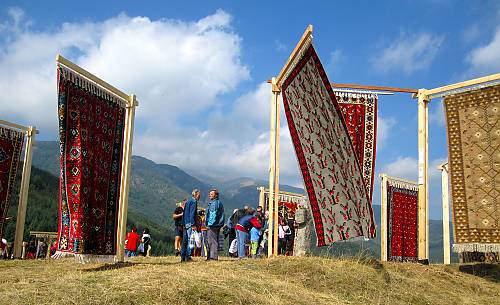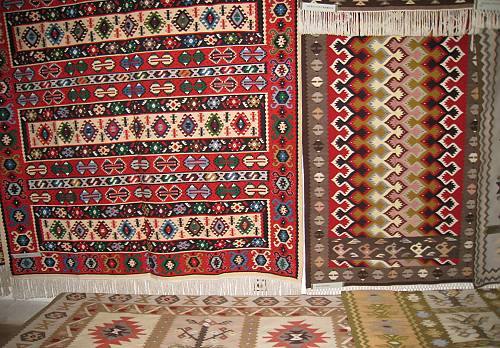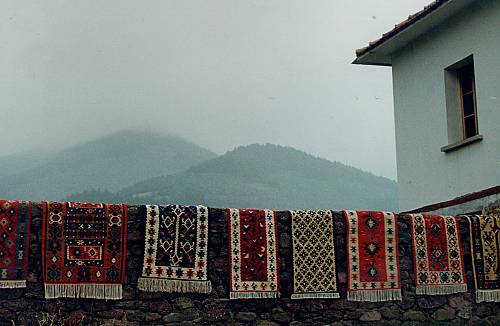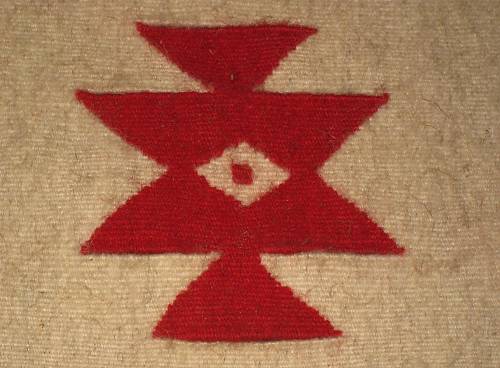The tradition of carpet-making in Chiprovtsi
Inscribed in 2014 (9.COM) on the Representative List of the Intangible Cultural Heritage of Humanity

Kilimi are hand-woven carpets made by the women of Chiprovtsi in north-eastern Bulgaria. Almost every household in the town contains a vertical handloom, which the women use to make two-sided tapestries traditionally utilized as floor coverings. The weaver takes several threads of the warp with her left hand, interlaces the weft yarn into the warp and uses a small beater to tighten the weave. The men of the town typically engage in wool production, processing and dyeing. Naturally dyed yarn gives soft pastel carpet hues, while chemical dyes produce brighter shades. The finished carpets are renowned for their composition, ornamental motifs and colour. Carpet weaving goes hand in hand with beliefs, verbal formulae and ritual practices. The weavers say prayers and make wishes for success before starting a new carpet, and sing and tell stories while working at the loom. The process of transmission occurs informally from mothers and grandmothers to daughters, often while working together on large carpets. Carpet weaving is deeply integrated into the social and cultural life of the population. The best-known forms of ornamentation are reproduced throughout the community and even constitute the coat of arms of the town.




